Navigation
Install the app
How to install the app on iOS
Follow along with the video below to see how to install our site as a web app on your home screen.
Note: This feature may not be available in some browsers.
More options
You are using an out of date browser. It may not display this or other websites correctly.
You should upgrade or use an alternative browser.
You should upgrade or use an alternative browser.
Differences between ISO GPS and DIN standards?
- Thread starter CTengIS
- Start date
- Status
- Not open for further replies.
- Thread starter
- #3
Not exactly right. ISO is for a large part based entirely on DIN (1917).
The International Standards Organization (ISO) standard has evolved to supersede the DIN standard, which was historically the predominant metric fastener system referred to.
Since ISO came into being most national standards including DIN have agreed to change their national standards to ISO. You will find that ISO follows DIN with minor changes whenever DIN is available.
Many additions to ISO came because the USA insisted to include many US standards (imperial).
(At one time they tried to get a 6.25mm x 1.27mm screw set as a ISO standard).
ISO caved in when the US insisted on allowing the pitch on coarse metric threads M6x1 vs just M6.
The International Standards Organization (ISO) standard has evolved to supersede the DIN standard, which was historically the predominant metric fastener system referred to.
Since ISO came into being most national standards including DIN have agreed to change their national standards to ISO. You will find that ISO follows DIN with minor changes whenever DIN is available.
Many additions to ISO came because the USA insisted to include many US standards (imperial).
(At one time they tried to get a 6.25mm x 1.27mm screw set as a ISO standard).
ISO caved in when the US insisted on allowing the pitch on coarse metric threads M6x1 vs just M6.
juergenwt,
You might be right from the historical perspective, but I am still not understanding what your history lesson has to do with the questions asked by the OP.
Metric fastener conundrum between US and ISO is good to know, but again, has little to do with a more general question asked in this discussion.
ISO 12780-1:2011 Geometrical product specifications (GPS) — Straightness, Part 1: Vocabulary and parameters of straightness
ISO 1101:2017 Geometrical product specifications (GPS) — Geometrical tolerancing — Tolerances of form, orientation, location and run-out
ISO follows DIN or DIN follows ISO? Who is taking precedence?
If you are from Germany for sure you say the former. If you are from other ISO abiding countries you might say otherwise, don't you?
The bottom line, nothing from our replies really helps the OP.
juergenwt said:The International Standards Organization (ISO) standard has evolved to supersede the DIN standard, which was historically the predominant metric fastener system referred to.
You might be right from the historical perspective, but I am still not understanding what your history lesson has to do with the questions asked by the OP.
Metric fastener conundrum between US and ISO is good to know, but again, has little to do with a more general question asked in this discussion.
ISO 12780-1:2011 Geometrical product specifications (GPS) — Straightness, Part 1: Vocabulary and parameters of straightness
ISO 1101:2017 Geometrical product specifications (GPS) — Geometrical tolerancing — Tolerances of form, orientation, location and run-out
Is this the chicken and the egg issue?Juergenwt said:You will find that ISO follows DIN with minor changes whenever DIN is available.
ISO follows DIN or DIN follows ISO? Who is taking precedence?
If you are from Germany for sure you say the former. If you are from other ISO abiding countries you might say otherwise, don't you?
The bottom line, nothing from our replies really helps the OP.
- Thread starter
- #6
DIN and ISO should be aligned. HOWEVER, I have found one example where the German edition of a DIN standard was unique, where the English version of that same DIN standard matched the ISO standard of the same number. For some reason, the German language version had a whole extra section that wasn't in the ISO version (any language) or the same DIN standard in English. What I learned? It might be a good idea to double-check the German version when calling out a DIN.
Matt Lorono, CSWP
Product Definition Manager, DS SolidWorks Corp
Personal sites:
SolidWorks Legion
Matt Lorono, CSWP
Product Definition Manager, DS SolidWorks Corp
Personal sites:
SolidWorks Legion
CTengIS said:Are there any differences at all between the content of ISO GPS standards and the corresponding DIN English language standards?
I think its almost the same on the contents of 1101 standard
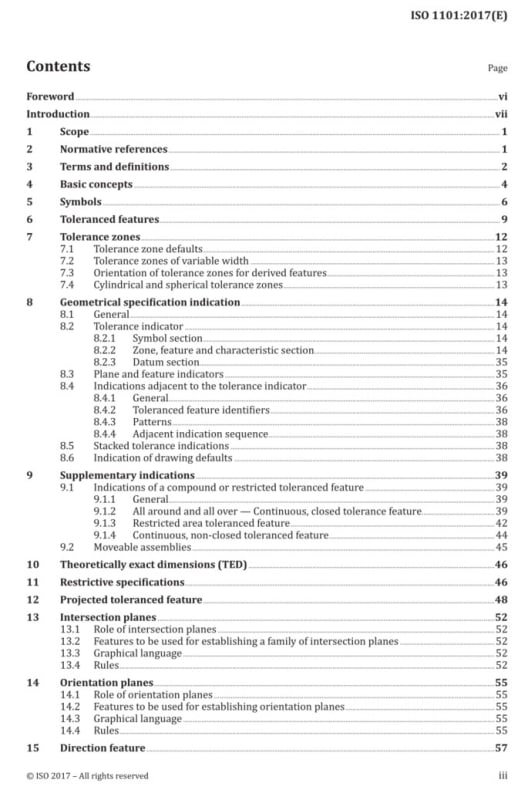
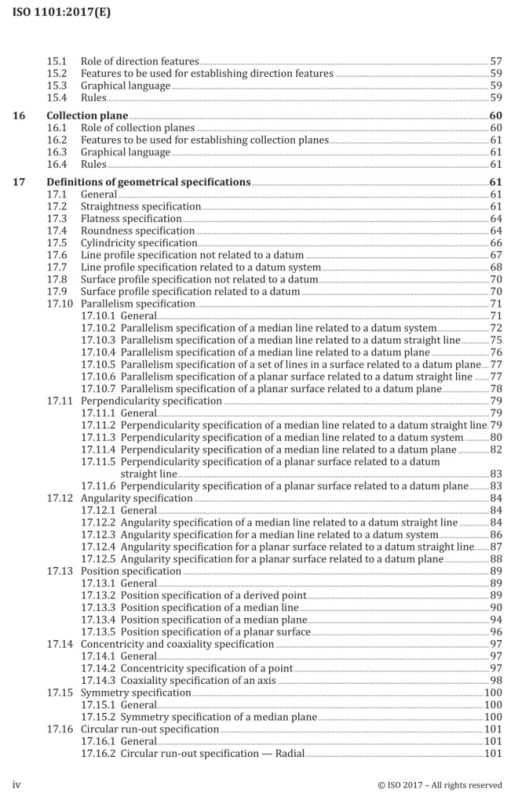
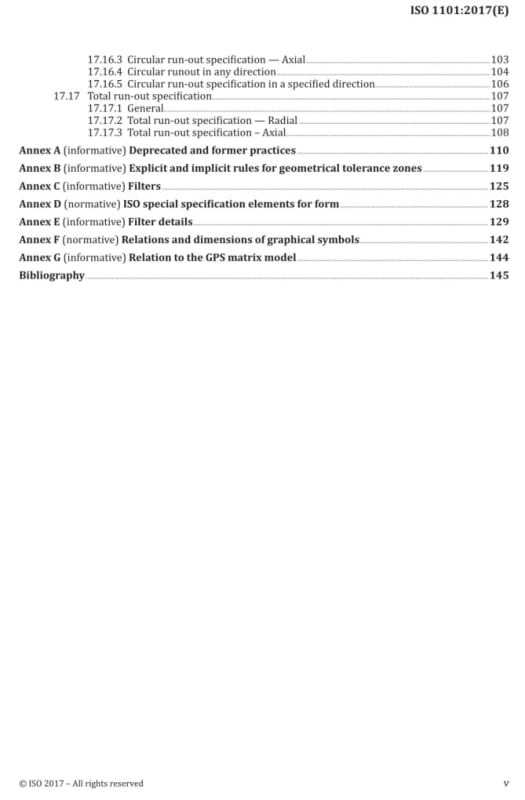
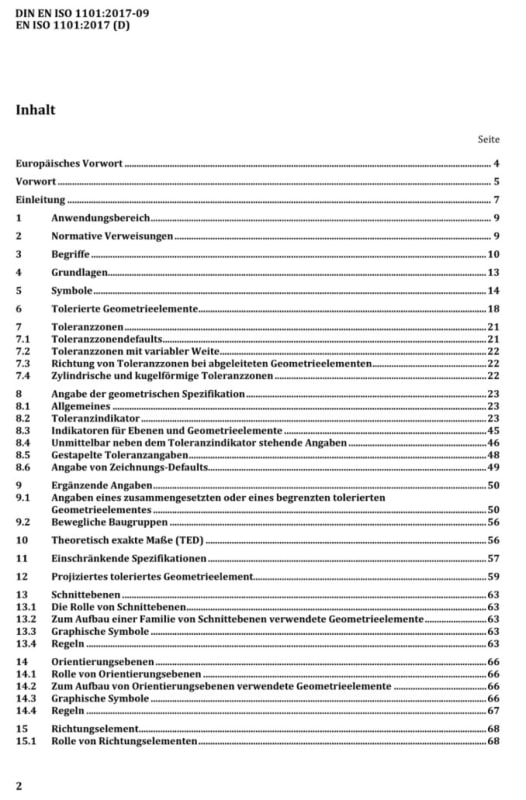
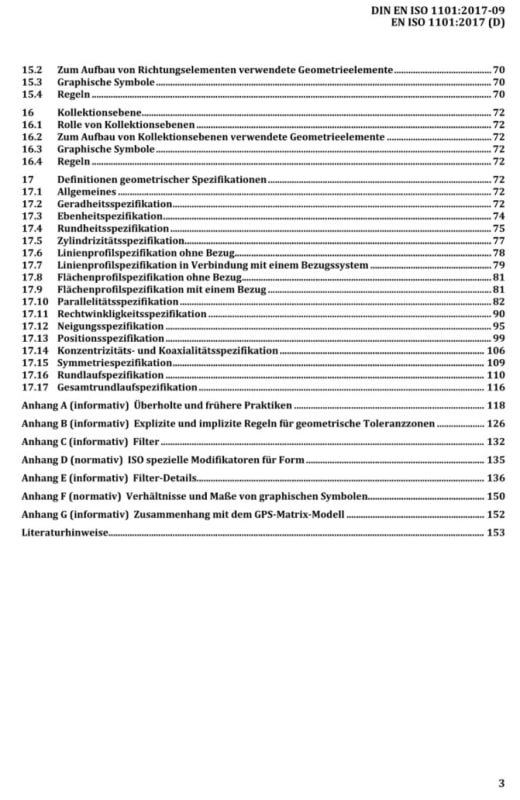
Exactly. Its good to understand the designation of standards, whether it be for GD&T, piping or machinery, ATEX, or whatever.greenimi said:DIN is the German version (German national standard) based on the ISO International Organization of Standardization.
Some national standards MIGHT have a slight alteration of the released ISO originals.
As an example, I have EN-EN-ISO 80079-36. This is a standard that originates from ISO. It has been adopted by EN (so became EN ISO ....), and was later on adopted by NEN, usually by means of translation.
NEN and DIN are in principle the same type of entities/institutions: one is for the Dutch (NEN) the other for the German (DIN). The English have BS, the French have NFN, etc. Sometimes, by national adoption, slight alterations can occur, but it's usually for translation purposes.
Huub
- You never get what you expect, you only get what you inspect.
- Status
- Not open for further replies.
Similar threads
- Locked
- Question
- Replies
- 47
- Views
- 48
- Locked
- Question
- Replies
- 10
- Views
- 18
- Locked
- Question
- Replies
- 7
- Views
- 13
- Replies
- 4
- Views
- 5
- Locked
- Question
- Replies
- 21
- Views
- 22
